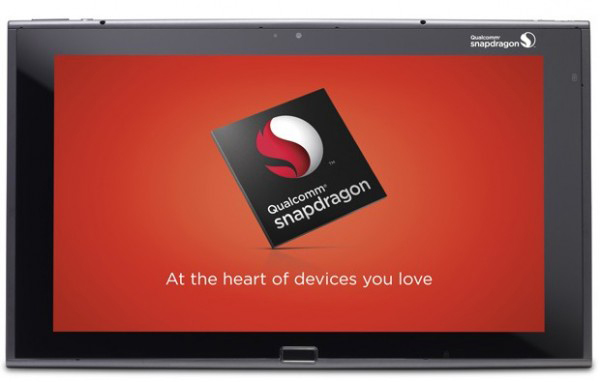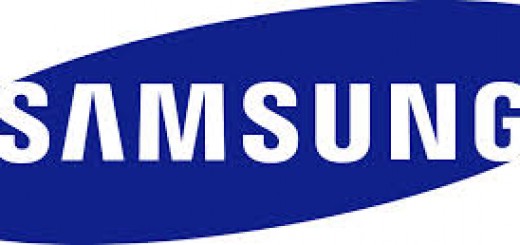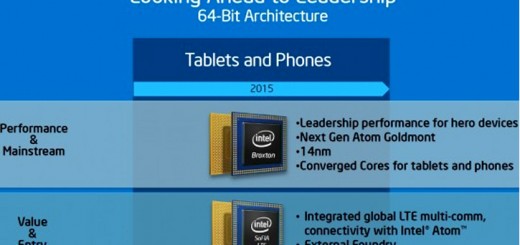Qualcomm introduces its 64-bit Snapdragon 410 chipset
The Snapdragon 410 is going to rock with a 4G LTE World Mode and Adreno 306 GPU
Back in October, the senior vice president of Qualcomm Anand Chandrasekher called Apple’s A7 64-bit chip a gimmick and stated that he wasn’t impressed with the marketing trick that would bring zero benefits to owners of Apple iPhone 5S. Apparently, this statement wasn’t exactly incorrect as a 64-bit processor would make a significant difference in case it cooperates with more than 4GB of RAM memory, which isn’t the case with iPhone 5S’ 1GB of RAM. Let’s not jump into conclusions of inaccurate theories, but shortly after his statement, Chandrasekher got reassigned from Qualcomm. Back then, the Qualcomm vice president also announced that the company is working on their own 64-bit chipset from an engineering efficiency point since the OS guys would want it at some point.
The chip is going to be titled Qualcomm Snapdragon 410 and is going to be the first 64-bit capable CPU from the company’s transition leadership of the mobile ecosystem to 64-bit processing. The Snapdragon 410 is going to rock with a 4G LTE World Mode, Adreno 306 GPU that will support 1080p video and up to 13-megapixel camera. The upcoming processor is expected to arrive in the next year’s first half and is most likely to start being adopted by low and mid-range devices.
Full technical details:
The new Snapdragon 410 chipsets are manufactured using 28nm process technology. Snapdragon 410 chipsets integrate 4G LTE and 3G cellular connectivity for all major modes and frequency bands across the globe and include support for Dual and Triple SIM. Together with Qualcomm RF360 Front End Solution, Snapdragon 410 chipsets will have multiband and multimode support. Snapdragon 410 chipsets also feature Qualcomm Technologies’ Wi-Fi, Bluetooth, FM and NFC functionality, and support all major navigation constellations: GPS, GLONASS, and China’s new BeiDou, which helps deliver enhanced accuracy and speed of Location data to Snapdragon-enabled handsets.
Source: Qualcomm




